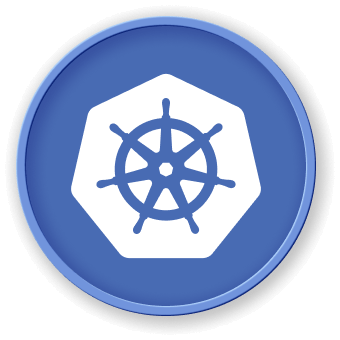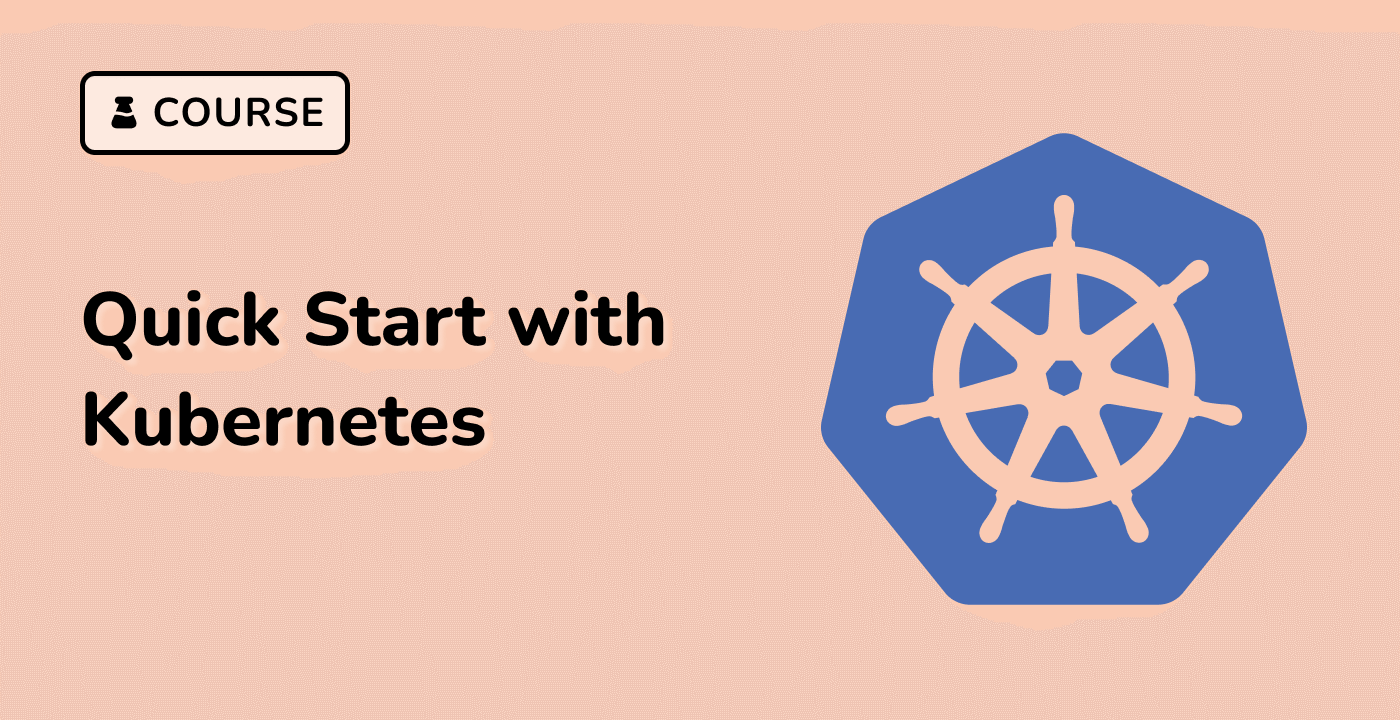Service Exposure Methods
Introduction to Kubernetes Services
Kubernetes Services provide a stable network abstraction for exposing applications running in pods, enabling reliable communication and access across the cluster.
Service Types
1. ClusterIP Service
ClusterIP is the default service type, providing internal cluster communication.
apiVersion: v1
kind: Service
metadata:
name: my-clusterip-service
spec:
type: ClusterIP
selector:
app: myapp
ports:
- port: 80
targetPort: 8080
2. NodePort Service
NodePort exposes the service on each node's IP at a static port.
graph TD
A[External Traffic] -->|NodePort| B[Kubernetes Node]
B -->|Service Routing| C[Pod]
apiVersion: v1
kind: Service
metadata:
name: my-nodeport-service
spec:
type: NodePort
selector:
app: myapp
ports:
- port: 80
targetPort: 8080
nodePort: 30000
3. LoadBalancer Service
LoadBalancer provides external access through a cloud provider's load balancer.
| Service Type |
Use Case |
External Access |
Cloud Provider |
| ClusterIP |
Internal communication |
No |
Not required |
| NodePort |
Direct node access |
Limited |
Not required |
| LoadBalancer |
External traffic |
Full |
Required |
apiVersion: v1
kind: Service
metadata:
name: my-loadbalancer-service
spec:
type: LoadBalancer
selector:
app: myapp
ports:
- port: 80
targetPort: 8080
4. ExternalName Service
ExternalName maps a service to an external DNS name.
apiVersion: v1
kind: Service
metadata:
name: external-service
spec:
type: ExternalName
externalName: external-system.example.com
Practical Deployment in LabEx
Creating a Service
## Create deployment
kubectl create deployment nginx --image=nginx
## Expose deployment as a service
kubectl expose deployment nginx --port=80 --type=NodePort
Advanced Service Configuration
Endpoint Selection
Services select pods using label selectors, enabling dynamic pod discovery.
graph LR
A[Service Selector] -->|Matches Labels| B[Pod 1]
A -->|Matches Labels| C[Pod 2]
A -->|Matches Labels| D[Pod 3]
Port Mapping
Services can map different ports between service and target pods.
Best Practices
- Use appropriate service type based on access requirements
- Implement proper label selectors
- Configure health checks and readiness probes
- Use network policies for security
Troubleshooting
- Verify service and pod labels
- Check service and pod network connectivity
- Examine service endpoints
- Review network policy configurations
By understanding these service exposure methods, you can effectively manage network access in Kubernetes environments.


